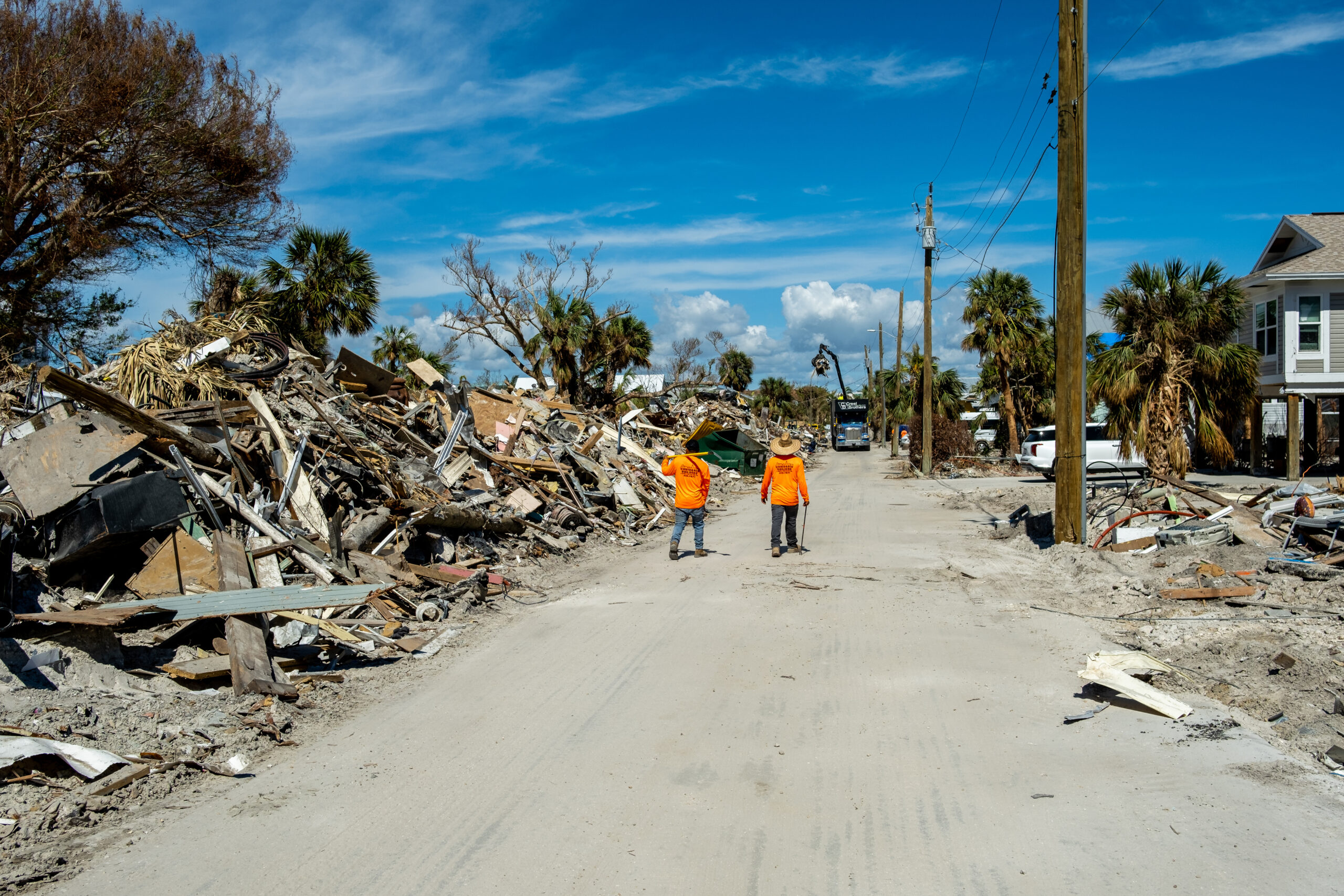3-minute read
If you’re located along the coasts or in fire-prone zones of the U.S., finding insurance coverage has been getting more expensive – assuming you can secure coverage at all.
While carriers such as State Farm, Allstate and others pull out of California and elsewhere, there is a solution:

Parametric insurance, which has been around for decades but has grown in popularity as businesses seek a way out of what for many is a full-blown insurance crisis.
Under a traditional policy, a premium is paid in return for a promise to cover the actual loss incurred in an incident or named peril. Payment is made only after an actual loss assessment and investigation, with the aim of putting the insured back to where they were before disaster struck.
Parametric Insurance: Simplifying Claims, Ensuring Certainty
Parametric insurance, on the other hand, covers events rather than losses so long as the parameter is reached. In other words, a 7.0 earthquake or category 5 hurricane would mean a payout – whether you experienced a loss or not.
So, picture this: instead of waiting endlessly for claims to be processed, the carrier that issues you a parametric insurance policy simply writes you a check. Why? Well, again, these policies tie payouts to specific events like earthquakes, hurricanes, wind or hailstorms, no ifs, ands, or buts. Oh, and no deductibles.
Unlike traditional insurance, there’s really no guessing with parametric coverage. The coverage parameters are clearly, fully spelled out, as are the triggers. You might say policyholders get clarity and peace of mind, served on a silver platter.
Moreover, parametric coverage flips the claims process on its ear. With a regular policy, you file a claim, then wait weeks for an assessment, only to perhaps receive a fraction of what you expected. With parametric insurance, triggers are triggered, and the predetermined payouts are made — no fuss, no muss, no waiting game.
In short, a parametric policy covers catastrophic events with a pre-agreed payout whether you’ve suffered a loss or not, so long as the parameter is reached.
One size, of course, does not fit all.
For businesses operating in complex or unpredictable environments, parametric insurance may not provide sufficient coverage for all potential risks. Additionally, parametric insurance policies often offer a more limited scope compared to traditional insurance, given their focus on specific trigger events rather than offering comprehensive coverage across various risks.
As always, it’s best to carefully evaluate your risk exposures and insurance needs to determine whether parametric insurance is truly the right fit for you.
The Mahoney Group, based in Mesa, Ariz., is one of the largest independent insurance and employee benefits brokerages in the U.S. For more information, visit our website or call 877-440-3304.
This article is not intended to be exhaustive, nor should any discussion or opinions be construed as legal advice. Readers should contact legal counsel or an insurance professional for appropriate advice.
